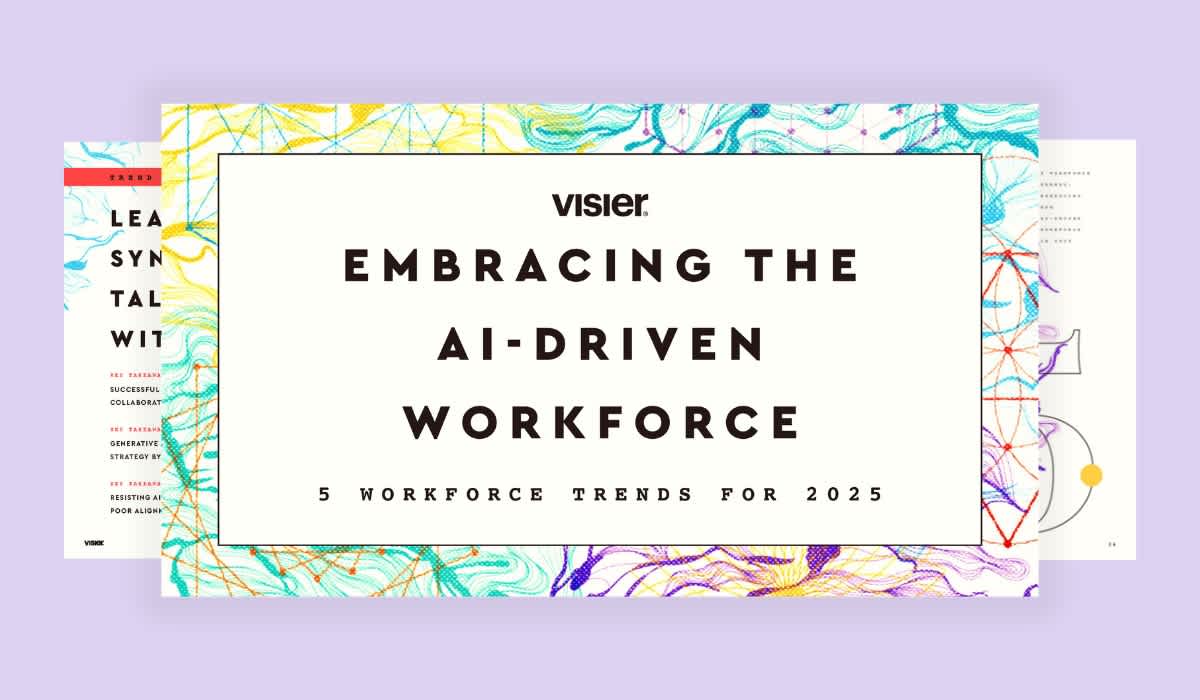What Are Spans and Layers?
Spans and layers dictate the organizational structure and hierarchy within a company to increase collaboration and productivity. Learn more.

Spans and layers refer to the organizational structure and hierarchy within a company. Spans refer to the number of subordinates or employees that report directly to a manager, while layers refer to the number of hierarchical levels or management tiers within the organization.
Why is it important for organizations to optimize spans and layers?
Optimizing spans and layers is important for organizations because:
It increases the ability for individuals to take action and make decisions on their own, promoting autonomy and empowered decision-making.
It encourages information sharing and collaboration within the organization, leading to increased efficiency and effectiveness.
It can help reduce costs by streamlining decision-making processes and eliminating unnecessary layers of management.
What do HR leaders need to understand about spans and layers?
HR leaders need to be aware of the importance of optimizing spans and layers in their organizations. They should understand that having access to accurate and reliable people data is crucial for making informed decisions about organizational structure.
By leveraging people analytics, HR leaders can analyze data related to spans and layers, such as manager ratios, performance groups, and retention rates, to identify areas for improvement and implement changes that align with the organization's goals and objectives.
What is the “right” number of spans and layers to have?
There are no universal "magic numbers" for spans and layers that apply to all organizations. Each organization is unique, and HR leaders need to consider their specific needs, goals, and workforce dynamics when determining the ideal spans and layers for their organization.
Regular monitoring and adjustment of the organizational structure is also crucial to ensure the ongoing effectiveness of the workforce, and alignment with the changing needs of the business.
What should HR leaders consider as they identify the right spans and layers for their organization?
HR leaders should consider multiple factors when identifying the right spans and layers for their organization, including:
The types of work employees are doing
The standardization of responsibilities and processes
Productivity levels
Performance metrics
The presence of contingent labor
The interdependency of teams
By leveraging people analytics and closely examining these factors, HR leaders can determine the optimal structure that balances support and guidance with autonomy and information sharing.
Overall, optimizing spans and layers is a critical part of organizational design that can significantly impact the efficiency, productivity, and success of a company. HR leaders should leverage people analytics and data-driven approaches to continuously assess and refine the organizational structure to create a highly functional and agile organization.


